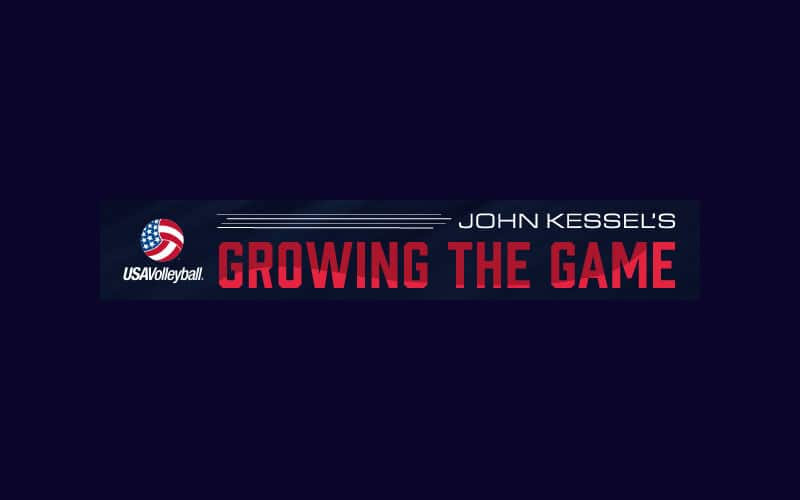
BJ LeRoy of the Badger Region takes over John Kessel's Growing the Game blog for this month.
- At coaching clinics, the pens whip out when the speaker demonstrates a new drill. Everyone is anxious to write down that drill that will make the big difference.
- Countless times, high level coaches are asked, "What drill can we do to fix our ..."
- Doug Beal and Russ Rose have been asked about what drills they use. In similar answers, both profess to use only a few drills with many variations.
What are the magic drills that make those teams so good?
Big secret: it’s not the drills. There is no magic.
If simply running the drills made you great, everyone could buy Al Scates drill book (like I did once upon a time) and we’d all be awesome, because his teams were awesome. Blindly running Coach Scates’ drills didn’t make a difference for my team. If his drills didn’t work, whose would?
Looking at it another way: two great teams run different drills, and they end up playing each other in the championship. How can different drills work in attaining the same goal?
Certainly athletes make a difference. Some years you have superior athletes and you win. Some years you have great players yet you lose to superior talent. Let’s set talent aside for a bit, despite that having superior players is likely the most important ingredient to winning matches.
If it’s not the drills, what is it?
Probably a mix of a few common principles, applied to everything in the program. A few to start with:- Understanding. The players learn to understand why they are using a skill, running a drill, doing things in a specific way. I hear and I forget. I see and I remember. I do and I understand.
- Specificity. Hundreds of top coaches say this repeatedly: you need to practice what you want to do. EXACTLY what you want to do. Coaches don’t toss in games; players don’t hit under the net; there are very few perfect passes. When game time comes, you will have to pass, set, hit, dig and block every odd thing that comes your way. So it must be practiced that way...randomly.
- Flexibility. Sometimes, you might win with serving. Sometimes with defense. Maybe with outside hitting. Playing to your strengths (whether your favorite skill or not) is your best strategy. Also flexibility within a drill, one drill with many options, is better than 20 drills with no options. They already know the drill, you’ve just tweaked it to work on the thing you need most. Finally, flexibility with a system. You may not have the players to run the system you like; you need to run the system that suits the players.
- Continuous learning. Mick Haley chose to speed up USC’s offense. Russ Rose chose to swing block (and then didn’t, and then did again.) He is reportedly an avid reader. John Dunning shuffled his lineup and changed systems after losing a key player. If those guys are still learning, can’t we all?
Most importantly, we need our teammates on the same page. Good teams have a system for siding out, playing in transition, serving, defense and for being out-of-system. They work together. And they understand what their teammates are going to do in each of those playing systems.
When you have common ground and understanding of everyone else’s role, your role makes sense, and you can perform it or change it to fit what the opponent is throwing at you. Drills might guide teams toward working on a specific skill; the team’s common ground lends to success in any drill.
Some drills are better than others...
There are certainly drills that are better than others. Specific and game-like and random are a good start. Great teams can get better in any drill with those ingredients because they have taken the time to learn the “whys” and to understand:
- Why does this work?
- How can I know something sooner?
- Why does this happen after that happened?
- Why do I need to be here, not there?
Carl McGown liked to say, teach them where to look, and teach them how to move. Shortly after, if not woven into those tasks, you have to learn why. If you know why it works, you likely already have the drills you need to succeed.
This column was originally published in Random IMPACT, a bimonthly education column in the Badger Beacon, an award-winning newsletter published by the Badger Region.
BJ LeRoy is part of the USAV CAP cadre, and a board member and coach from the Badger Region. He also helps administer the Facebook group Volleyball Coaches and Trainers. You can reach BJ at [email protected].
